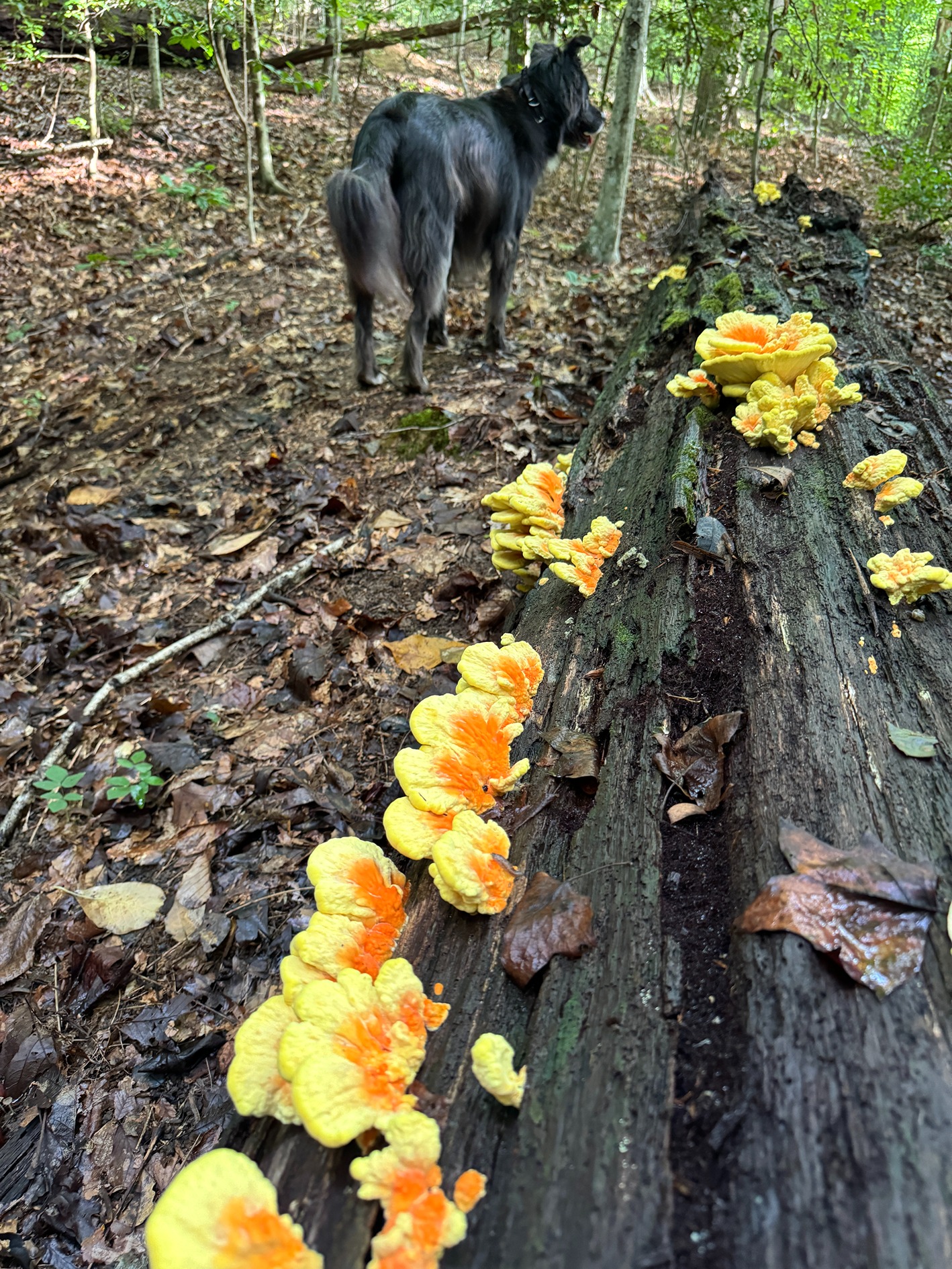
“What’s in a name? That which we call a rose
By any other name would smell as sweet;”
Juliette tries to wish and pretend that names do not matter. Those who are familiar with the tale of Romeo and Juliette are well aware that this is not the case.
There are many trees with dubious names:
Tulip Poplar: Not a tulip, not a poplar.
Tree of Heaven: I’m not sure what this says about the afterlife.
Red Maple: Sure it has red flowers, red stems, and red fall colors, but some Japanese maples are MORE red.
Those names don’t actually bother me that much. The tree names that I would love to change are the trees that are much better than their name implies. Juliette wished Romeo had a different name, but would he have caught the attention of Juliette if his name was Moe, Larry, or Curly? Probably not. I think the following trees are worthy of better titles.
Swamp white oak:

Quercus bicolor is a beautiful oak tree. It is an underused native oak with good form and deeply textured flaking bark. It is bicolor because the leaves are deep green above and silvery white underneath. It is a beautiful tree that thrives in compacted urban and residential soils. For a few of us its first name “swamp” conjures a beautiful wooded wetland, but most people don’t want a swamp tree in their yard. They will leave this tree for Shrek and Donkey. Frequently, when I suggest this tree to a customer, I see a pained look on their face, as if I just told an inappropriate joke.
Black gum:

Nyssa sylvatica has the misfortune that it shares its last name with a much-hated tree, the sweet gum. You can explain to people that it does not produce spiny seed pods and that it is not even related to sweet gum trees, but once they hear “gum” this tree is not given a chance. Blackgums are beautiful native trees that grow larger than most ornamental trees, but not as large as most shade trees. It nicely fills the niche of a small shade tree. It has waxy green leaves in the spring and stunning fall colors. Maybe we should start using a family name for the tree: Tupelo.
Hackberry:

Celtis occidentalis is a common tree. If you have trees growing in your fence line, chances are good, that at least one of them is a hackberry. Because it readily grows in fallow areas, many consider it a weed tree. The fact that it can tend to grow where it isn’t wanted probably helps it gain weed status, but hackberry trees can be great in the right location.
Hackberry trees have beautiful smooth grey bark with cork ridges. They are well known for thriving in urban soils where other trees languish. Perhaps they would be a more popular tree if we used a lesser-known name for them; Sugarberry.
Names do matter to us. But if you are looking for a tree to plant, there are benefits to looking past a tree’s moniker and exploring the traits the tree will have as it matures. Feel free to call it whatever you like.


